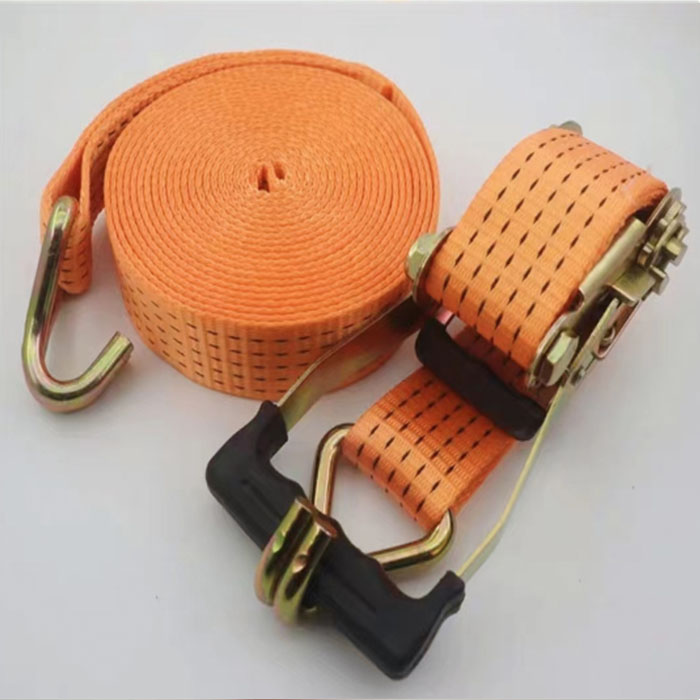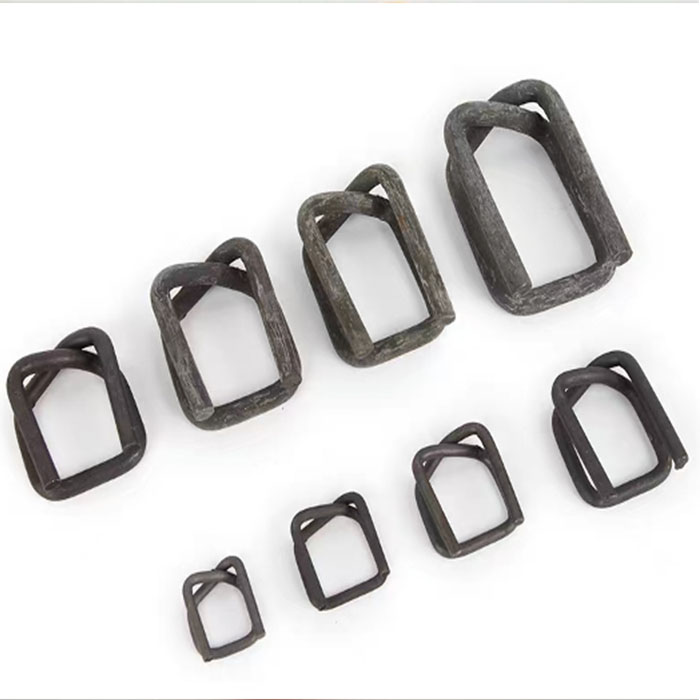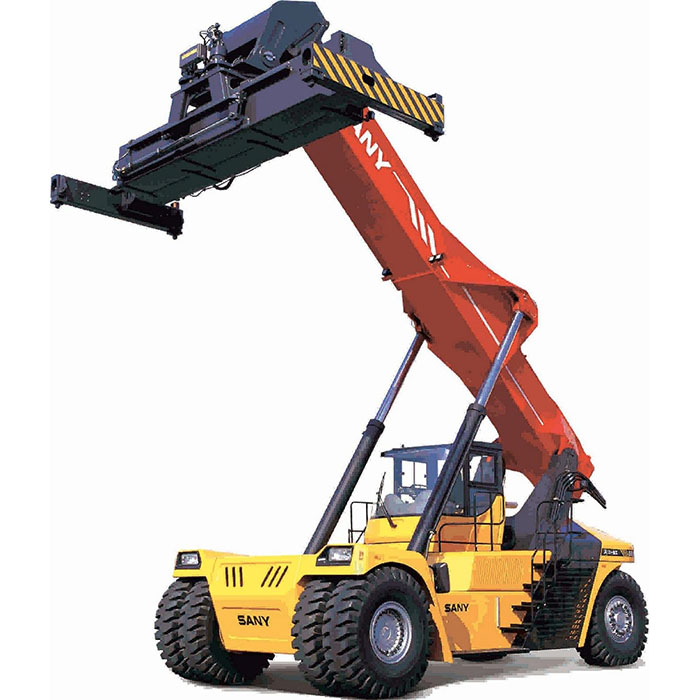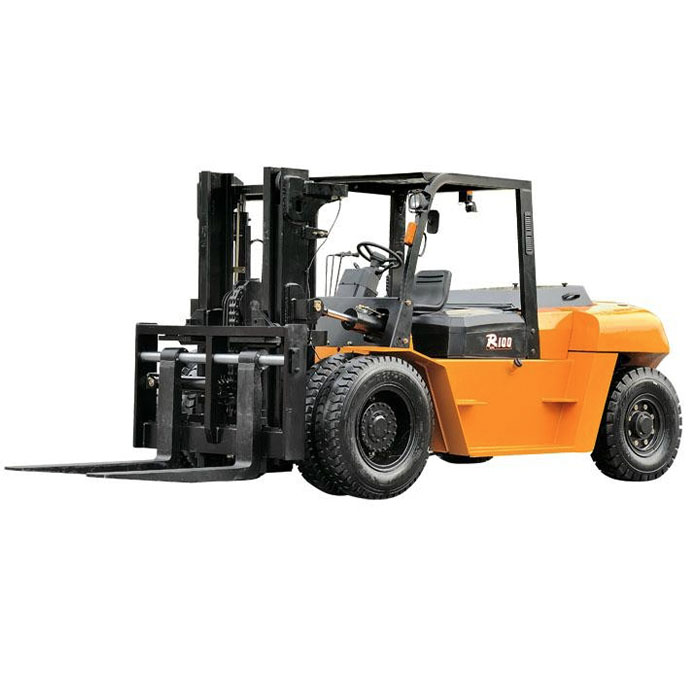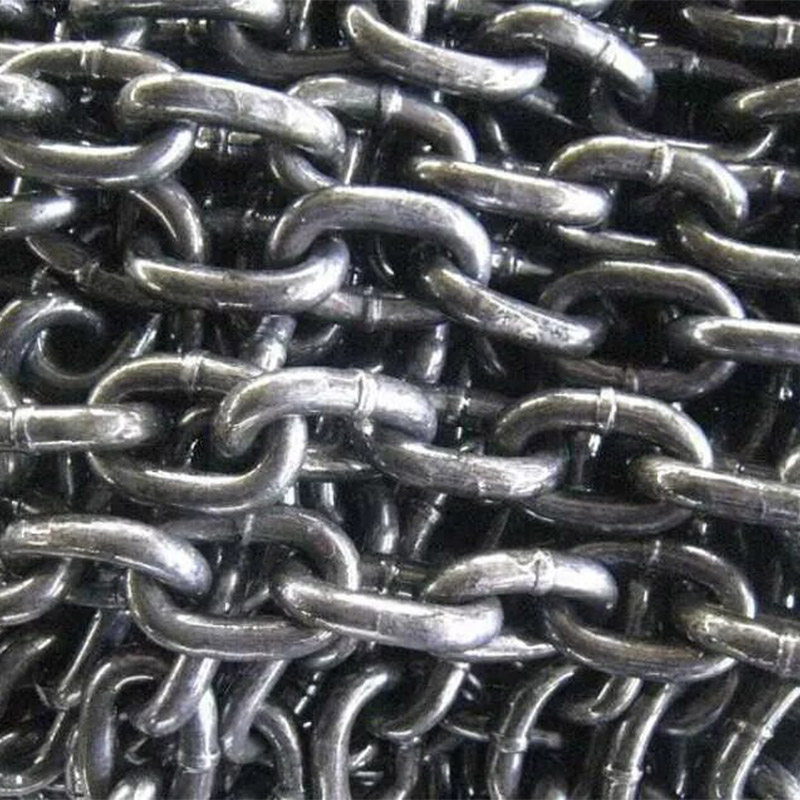Overview of high-strength chain rigging
1. Overview of high-strength chain rigging
Chain rigging is a rigging made of metal chain links. According to its form, there are mainly two types of welding and assembly. According to its structure, single or multiple, high-quality alloy steel is used.
The outstanding features are wear resistance, high temperature resistance, low ductility, and no elongation after being stressed. It has a long service life, is easy to bend, and is suitable for large-scale and frequent use occasions. Flexible multi-limbs, various combinations can improve work efficiency, reduce costs, etc.
2. Precautions for the use of high-strength chain rigging
1. Overweight work is strictly prohibited;
2. The chain is not allowed to be knotted or twisted during use;
3. The length of the chain rigging can be adjusted with a special adjuster;
4. Do not use the hook tip to load;
5. The normal working temperature of chain rigging is -40℃ to +200℃;
6. Starting from +200℃, the improvement capacity is reduced to 90%;
7. Starting from 300%, the ability to improve is reduced to 75%;
8. It is not recommended to use after 400℃.
3. Scrap conditions for high-strength chain rigging
1. If the chain link is broken, do not use it by welding it by yourself;
2. The chain link, lifting ring, middle or connecting piece are deformed;
3. The average diameter of the chain ring is reduced by 10%;
4. There is more than 3% stretch in any position of the chain;
5. The hook deformation exceeds 10%.
4. Precautions for lifting high-strength chain rigging
1. Develop good hoisting habits, and plan how to hoist, hoist and unload before hoisting work.
2. Preparation: Determine the weight of the object to be lifted and its center of gravity, carefully read the attached documents, and mark the lifting point and weight data. The hook can only be hung in the proper position after the center of gravity is determined!
3. The crane operator should be informed of the weight of the object to be lifted.
4. The crane hook should be hung vertically above the center of gravity of the object to be lifted.
5. Lifting heavy objects should not only avoid damage to the lifting objects, but also prevent damage to the rigging itself. To avoid spinning or falling, the following conditions should be observed:
a) For single-leg rigging, the lifting point should be vertically above the center of gravity of the lifting object.
b) If it is a double-leg rigging, the hanging point should be located on both sides of the lifting object, and the lifting point should be above the center of gravity.
c) If it is a three-leg and four-leg rigging, the hanging point should be evenly located at the level of the center of gravity of the lifting object, and above the center of gravity of the object to be lifted.
It is necessary to pay attention to the lifting angle β (between the vertical line and the lifting leg): the larger the lifting angle, the smaller the lifting capacity. Lifting angles of more than 60 degrees are not allowed!
5. Common combination of high-strength chain rigging
Single-leg chain rigging The rigging can be used as a single-leg binding rigging. When the single-leg binding rigging is used, just hook the hook into the chain, and the rated load will be reduced by 20%.
Double-leg chain rigging The rigging can be used as a double-limb binding rigging. When the double-limb binding rigging is used, just hook the hook into the chain, and the rated load will be reduced by 20%.
Three-leg chain rigging Safety: 4 times the safety factor. Surface treatment: polished, blackened, galvanized, painted, etc.



